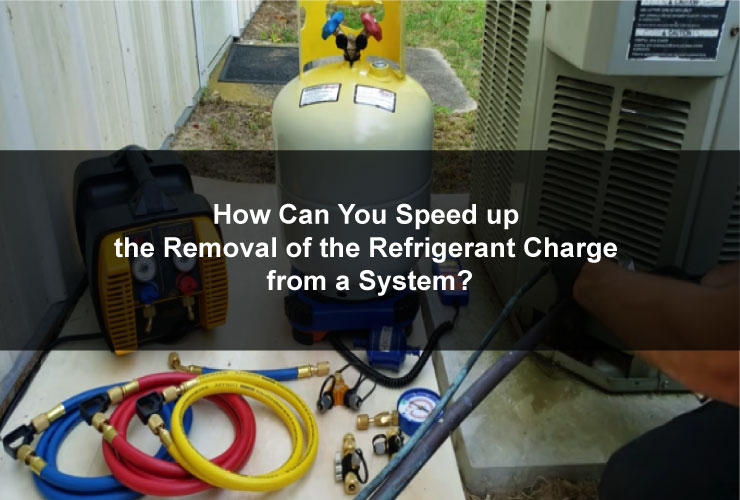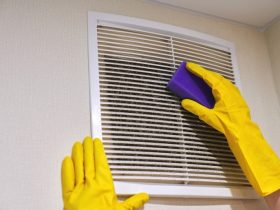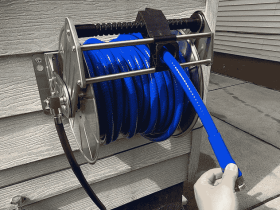How Can You Speed Up the Removal of the Refrigerant Charge from a System?
a. Using a smaller recovery vessel.
b. Cooling the recovery cylinder to lower its pressure.
c. Using a two-stage vacuum pump.
d. Heating the recovery cylinder to raise its pressure.
Answer: Using a two-stage vacuum pump speeds up the removal of the refrigerant charge from a system.. Therefore, the correct option is C. Using a two-stage vacuum pump.
Explanation:
A two-stage vacuum pump speed up refrigerant removal by creating a deeper vacuum than single-stage pumps. This deeper vacuum significantly lowers the pressure within the refrigeration system, allowing the refrigerant to be extracted more efficiently. It also helps remove residual moisture and non-condensable gases, improving overall system evacuation speed. This method is more effective than using smaller recovery vessels, cooling, or heating recovery cylinders, as those approaches do not directly impact the vacuum level or extraction efficiency.
Hence, option C, using a two-stage vacuum pump, is the correct answer for speeding up refrigerant charge removal.
Read more:
1. Refrigerants: What They Are, Types, Refrigeration Cycle, and Their Environmental Impact
2. What is R-134a Refrigerant? Exploring Its Properties and Potential Risks
3. How Can You Speed Up the Removal of the Refrigerant Charge from a System?
4. Where Does Refrigerant Go After it Leaves the Purge Unit of a Low-Pressure Centrifugal System?
5. Before Beginning a Refrigerant Recovery Procedure, It is Always Necessary to;
6. When Recovery is First Started, at What Phase is the Refrigerant Removed to Save Recovery Time?
7. A Very Large Refrigerant Leak Can Cause Suffocation Because Refrigerants;
8. What Must be Done After Recovering the Liquid Refrigerant From a Low-Pressure Chiller?
9. Which Hydrocarbon Refrigerant is Approved for Retrofit Into Existing Household Refrigerators?
10. Where Must You Connect a Hose in Order to Recover Liquid Refrigerant?
11. Refrigerant Removal From a Low-Pressure System Starts With;
12. After Refrigerant Liquid Has Been Recovered from the Appliance, Any Remaining Vapor Is;











Leave a Review